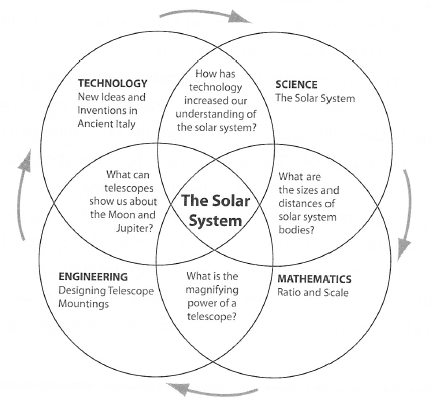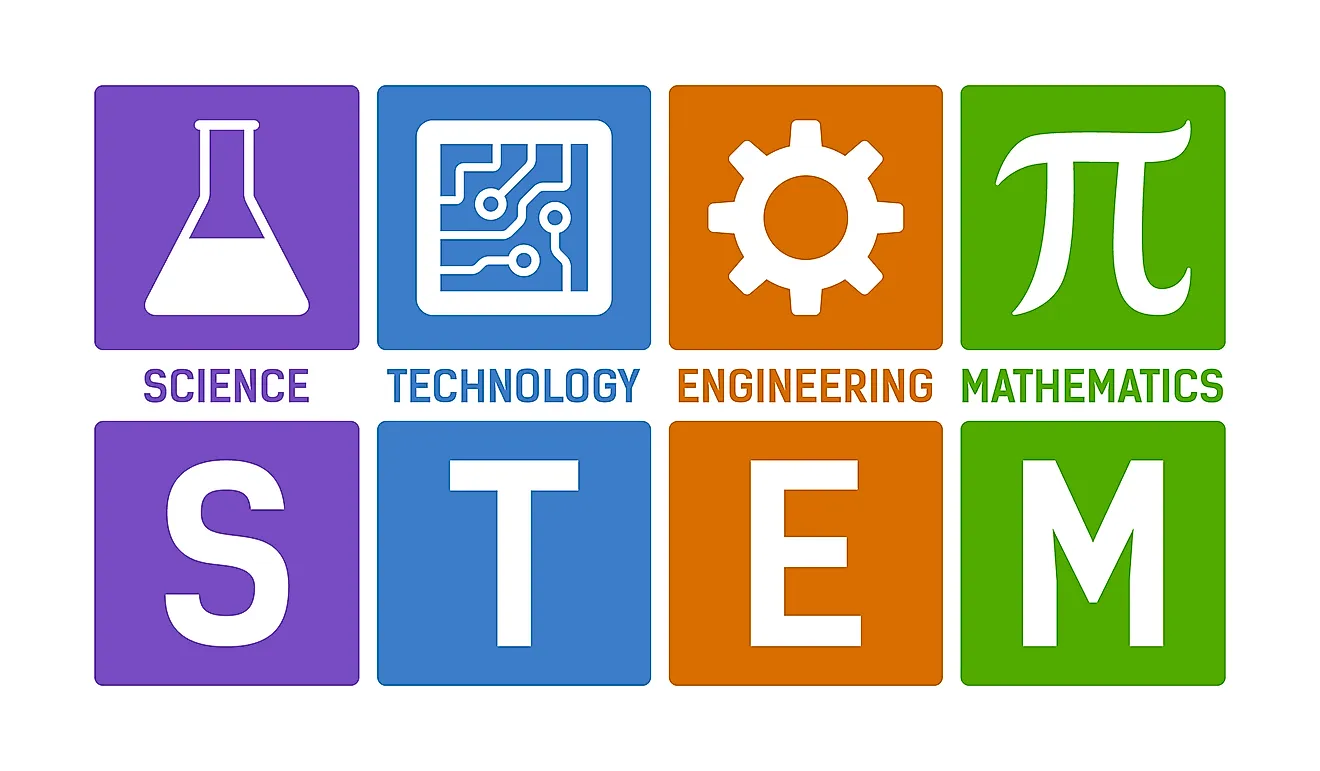STEM Education Inspiring the Next Generation
The Allure of STEM Fields
The fields of science, technology, engineering, and mathematics (STEM) are not just academic disciplines; they are the driving forces behind innovation and progress in our world. From groundbreaking medical discoveries to the development of sustainable energy solutions and advancements in artificial intelligence, STEM fuels the engine of human ingenuity. For young people, exploring these fields can be a gateway to exciting and impactful careers, offering opportunities to tackle some of humanity’s biggest challenges and shape a brighter future. The opportunities are diverse, ranging from coding and robotics to space exploration and biomedical engineering. This inherent excitement and potential for positive change are key factors in attracting the next generation to STEM.
Early Exposure: Planting the Seeds of Curiosity
A child’s natural curiosity is often their greatest asset. Encouraging this curiosity, especially within STEM contexts, is crucial for fostering a lifelong love of learning. Early exposure to simple science experiments, building projects, and age-appropriate coding activities can spark a child’s imagination and demonstrate the tangible results of STEM principles. Parents and educators play a significant role here, providing engaging activities and demonstrating the relevance of STEM to everyday life. Things as simple as explaining how a bicycle works or exploring the wonders of the night sky can create a lasting impression and inspire a deeper interest in these subjects.
Hands-on Learning: Experiential Education
Traditional classroom learning, while vital, can sometimes lack the dynamism to fully capture a student’s attention, particularly in STEM fields. Hands-on, experiential learning provides a much more engaging approach. Building robots, conducting experiments, designing and constructing structures, and programming simple games allows students to directly apply theoretical knowledge, reinforcing their understanding and fostering problem-solving skills. This active involvement transforms passive learning into an exciting adventure, turning abstract concepts into tangible realities, making STEM learning fun and rewarding.
Mentorship and Role Models: Inspiring the Future
Having positive role models and mentors is incredibly impactful on a young person’s aspirations. Seeing successful individuals from diverse backgrounds thriving in STEM fields provides tangible evidence that these careers are attainable and rewarding. Mentorship programs, which connect students with professionals working in STEM, offer invaluable guidance, support, and insight into the realities of these careers. These mentors can act as sources of inspiration, encouragement, and practical advice, guiding students through challenges and helping them develop the necessary skills and confidence to pursue their STEM dreams.
The Importance of Inclusivity and Diversity
A diverse STEM workforce is a more innovative and creative workforce. Encouraging the participation of girls and underrepresented minorities in STEM is not simply about fairness; it’s about unlocking the full potential of human ingenuity. Creating inclusive learning environments, where every student feels valued and supported, is crucial for fostering a sense of belonging and encouraging participation from all backgrounds. Initiatives aimed at addressing systemic barriers and promoting equitable access to STEM education are vital for building a truly representative and dynamic STEM community.
Bridging the Gap: Addressing Challenges in STEM Education
Despite the growing importance of




















